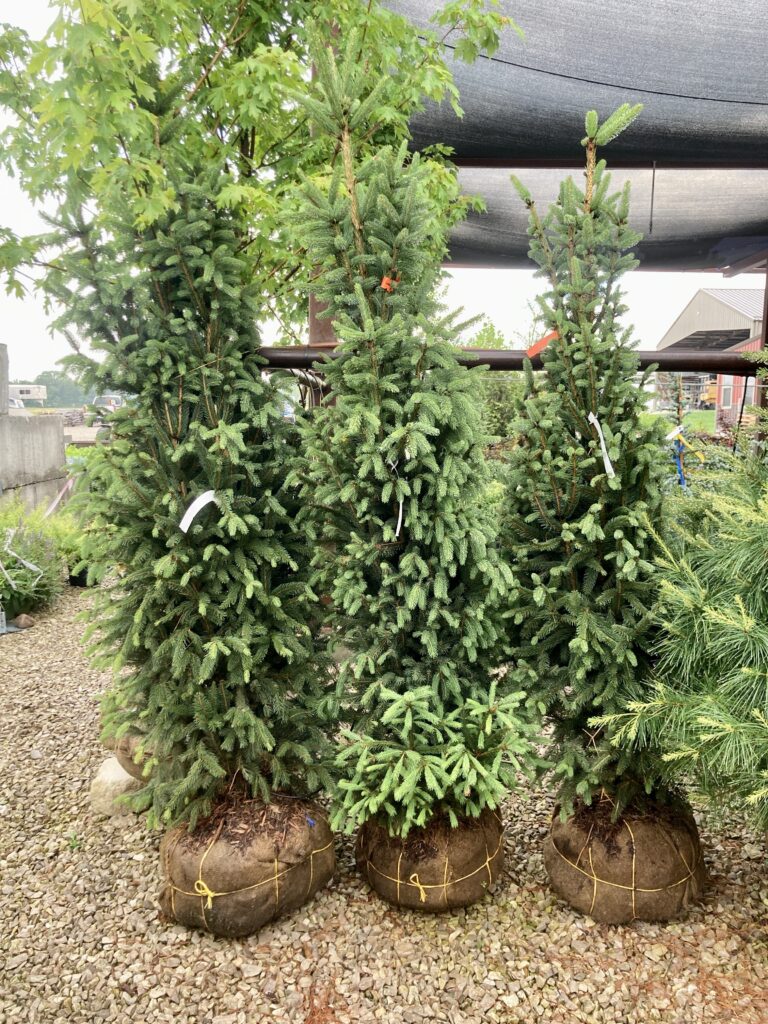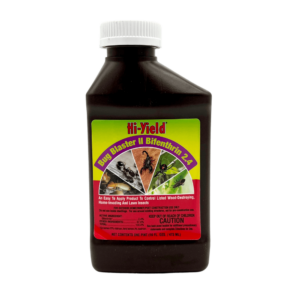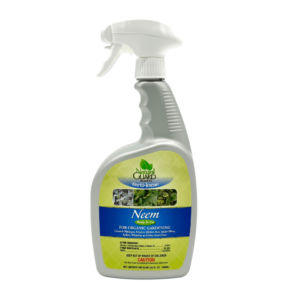Did you know that spider mites are not true insects? They are actually a type of arachnid that sucks on the juices of plants.
Here are the most common types of spider mites
Spruce spider mite
Spruce spider mite appearance
This arachnid is usually red or dark color and tiny, about .9 mm or pin head size. Commonly found on conifers such as spruce (most commonly Alberta Spruce), pine, juniper, arborvitae and hemlock.
Spruce spider mite signs
Needles begin turning yellow or brown. Typically, discoloration starts at the bottom and moves upward. Internal needles will show the initial damage as the mites move from within the canopy outward.
How to check for Spruce spider mites
Easiest method is to hold piece of white paper under the branches, tap the branches which will dislodge the mites and look closely, and you will see them crawling around on the paper.
Spruce spider mite treatment
Early detection is best for control. Most effective products will be an insecticidal soap or spray. Typical ingredients to look for are pyrethrin, neem oil and bifenthrin insecticide.
Two spotted spider mite
Two spotted spider mite appearance
They can range from brown to orange-red color but most commonly are translucent and about .9 mm. Commonly attack tomatoes, cucumbers, peppers, squash, melons, beans and other vegetables.
Two spotted spider mite signs
Leaves will be mottled, bumpy with a rough surface. Turning yellow to brown. Sometimes tiny spider webs will be strung on the plant. Also, you may notice premature leaf drop or poor vigor.
Two spotted spider mite treatment
For garden plants use organic products such as diatomaceous earth (dust), neem oil and Spinosad soap. Also, beneficial insects such as lady bugs and lacewing will aide in controlling mites.






